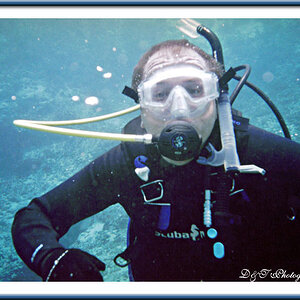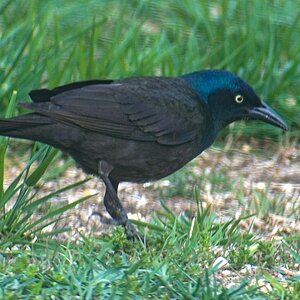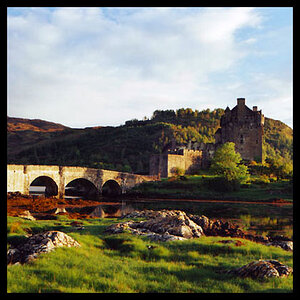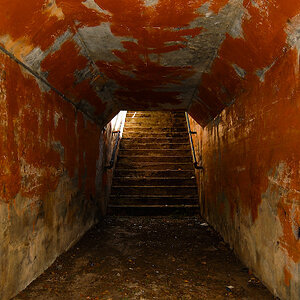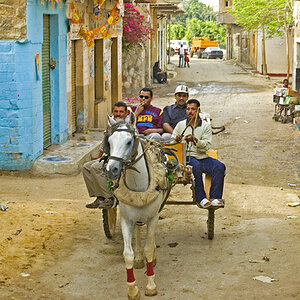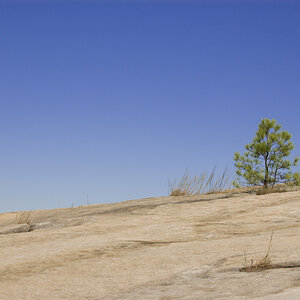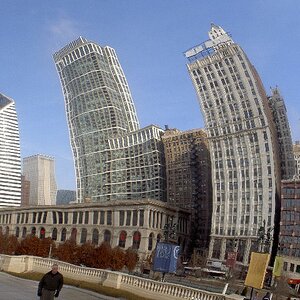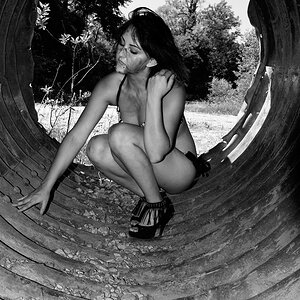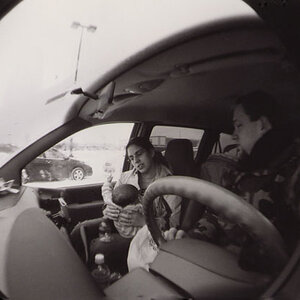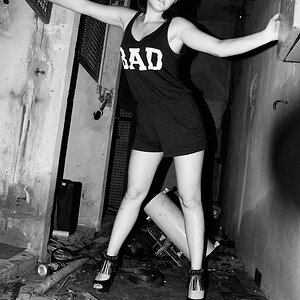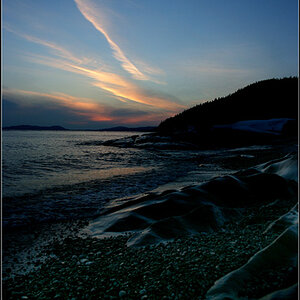- Joined
- Mar 8, 2011
- Messages
- 25,160
- Reaction score
- 9,010
- Location
- Iowa
- Website
- pixels.com
- Can others edit my Photos
- Photos NOT OK to edit
Happy Post Office Truck just stopped by with my new lens!
I'm pumped up!
This has got to be the smallest and lightest lens I've ever bought (at least brand new!)

Yep..... all of 0.3mm!
I'm pumped up!
This has got to be the smallest and lightest lens I've ever bought (at least brand new!)

Yep..... all of 0.3mm!






